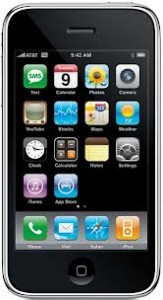I think where Flew was going with this article is that new media and the technology surrounding it is constantly improving and changing with different forms and distributions and storage. For example instead of buying a CD or a DVD, people can now download this media on a file in there computer or purchase it off of a program like Netflix.
He also claims that new media and its broad options doesn’t answer the question of why do we need these new increasing media in the first place when we were originally content with past results? Going further into the document Flew mentions that companies are starting to merge and work together forming alliances as the rise of new media technology increases. Everyone wants their hands in the pot of gold and the only way to maintain and keep your business at its peak is to involve yourself with other large corporations. In the 80’s and 90’s the telecommunications businesses starting doing just this, and went from public monopolies to a “complex range of value-added network services” as Flex said.
Citation:
Flew, Terry. New Media: An Introduction. South Melbourne, Vic.: Oxford UP, 2005. Print.






